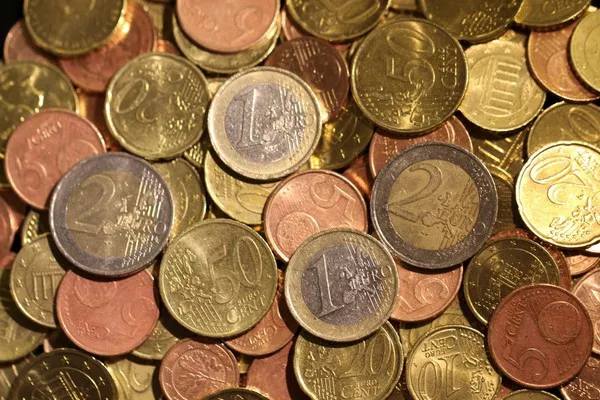The foreign exchange market is a dynamic and complex arena, influenced by a myriad of economic, political, and social factors. Among the major currencies, the Euro (EUR) holds a significant position, impacting global trade and financial markets. Investors and analysts are consistently engaged in predicting the future movements of the Euro exchange rate, attempting to decipher the factors that may contribute to its rise or fall. In this article, we will explore various factors that could potentially influence the future trajectory of the Euro and assess whether the Euro rate is likely to go up.
Economic Indicators
One of the primary drivers of exchange rate movements is the economic performance of the Eurozone. Key economic indicators such as GDP growth, inflation rates, and unemployment play a crucial role in shaping investor sentiment towards the Euro. Positive economic data, such as robust GDP growth and low unemployment, tends to boost confidence in the Euro, potentially leading to an appreciation in its exchange rate.
The European Central Bank (ECB) is instrumental in shaping the economic landscape of the Eurozone. Monetary policy decisions, interest rates, and quantitative easing programs implemented by the ECB have a direct impact on the Euro’s value. If the ECB adopts a hawkish stance by raising interest rates or tightening monetary policy, it could signal strength in the Euro and contribute to an upward movement in its exchange rate.
Political Stability
Political stability is a fundamental factor influencing currency values. Uncertainty or instability within a region can lead to a lack of confidence among investors, resulting in a depreciation of the currency. The Eurozone, comprising multiple member countries, is sensitive to political developments within individual nations and the broader European Union.
In recent years, concerns surrounding political events such as Brexit, the rise of populist movements, and internal disputes among member states have occasionally exerted downward pressure on the Euro. Conversely, a period of political stability and effective governance can boost investor confidence, potentially contributing to an upward trend in the Euro rate.
Trade and Current Account Balances
The trade balance of the Eurozone, which represents the difference between exports and imports, is a critical factor in determining the Euro’s value. A trade surplus, where exports exceed imports, can lead to an increased demand for the Euro, potentially driving its exchange rate higher. On the contrary, a trade deficit may contribute to a depreciation of the Euro.
Similarly, the current account balance, which includes trade in goods and services as well as investment income and transfers, has a significant impact on currency values. A surplus in the current account can strengthen the Euro, while a deficit may lead to a decline.
Global Economic Conditions
The Euro is not immune to global economic trends, and external factors can exert considerable influence on its exchange rate. Economic developments in major economies, such as the United States, China, and emerging markets, can have spillover effects on the Eurozone. For example, a robust U.S. economy may lead to a stronger U.S. dollar, causing the Euro to depreciate.
Additionally, geopolitical events, trade tensions, and global market sentiment can contribute to currency fluctuations. Investors often seek safe-haven currencies during times of uncertainty, potentially impacting the Euro’s exchange rate. Monitoring global economic conditions is essential for accurately predicting the future movements of the Euro.
Pandemic Recovery and Fiscal Policy
The COVID-19 pandemic has had profound effects on global economies, including those within the Eurozone. The pace of recovery, vaccination efforts, and the effectiveness of fiscal policies implemented by Eurozone countries play a crucial role in shaping the economic outlook.
Governments and central banks have employed various fiscal and monetary measures to stimulate economic recovery. Successful recovery strategies and a return to pre-pandemic economic levels could contribute to a positive outlook for the Euro. Conversely, persistent challenges or setbacks in the recovery process may impede the Euro’s potential for appreciation.
See Also Why Is The Pound Getting Stronger Against The Euro
Conclusion
In conclusion, predicting the future movements of the Euro exchange rate involves a comprehensive analysis of various economic, political, and global factors. While positive economic indicators, political stability, trade balances, and global economic conditions can contribute to a stronger Euro, uncertainties such as geopolitical events, pandemic recovery, and fiscal policies can introduce volatility.
Investors and analysts must remain vigilant, continuously monitoring relevant indicators and staying informed about the latest developments. The Euro’s future trajectory is inherently uncertain, and its exchange rate will be shaped by the interplay of multiple variables. As we navigate the intricacies of the global economic landscape, a nuanced understanding of these factors is essential for making informed predictions about whether the Euro rate is likely to go up in the foreseeable future.


